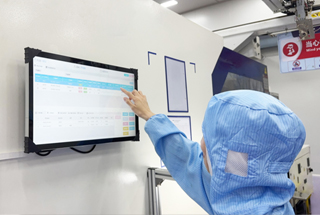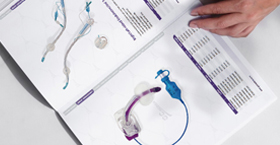Pressure bags for intravenous (IV) fluids are indispensable tools in modern fluid therapy, designed to augment gravitational infusion rates when rapid volume delivery is critical. By encasing a standard 250 mL–1000 mL fluid bag within an inflatable cuff and manually pressurizing it, clinicians can achieve controlled pressures—typically between 50 and 300 mmHg—without reliance on external gas sources. This capability proves vital in emergency medicine, trauma resuscitation, perioperative management, and critical care, where timely restoration of circulating volume can prevent shock and support hemodynamic stability.
A typical IV pressure bag system consists of:
Inflatable Cuff: Made from reinforced PVC or nylon, providing puncture resistance and even pressure distribution around the fluid bag.
Manual Inflation Bulb: A hand-squeeze pump that allows fast, tactile adjustment of cuff pressure.
Pressure Gauge: Analog or digital indicator displaying real-time pressure readings to ensure adherence to safe operating limits.
Safety Valve: Automatically vents pressure above a preset threshold (commonly around 300 mmHg) to protect both the infusion set and blood components.
Visibility Window: A transparent panel through which the contents of the IV bag and any potential leaks, particulates, or discoloration can be observed at a glance.
Proper utilization requires inflating only to the pressure needed for the desired flow rate, continuous monitoring of both the gauge and the IV site for infiltration or pain, and strict adherence to manufacturer specifications. Reusable cuffs must undergo validated cleaning and sterilization processes after each use, while disposable, single-patient options can further reduce cross-contamination risks. Their portability and compatibility with standard IV tubing make pressure bags especially useful in prehospital, austere, or field-care environments where wall-mounted pressure sources are unavailable.
| Feature | Specification & Benefit |
|---|---|
| Operating Pressure Range | 50–300 mmHg (adjustable via manual bulb) |
| Fluid Bag Compatibility | Standard 250 mL–1000 mL IV fluid bags |
| Construction Material | Reinforced PVC or nylon; puncture- and tear-resistant |
| Pressure Display | Analog dial or digital gauge with clear, graduated markings |
| Safety Mechanism | Automatic relief valve vents pressures >300 mmHg |
| Inspection Window | Transparent panel for visual leak, particulate, and color checks |
| Reuse vs. Disposable | Reusable (sterilizable) or single-patient disposable options |
| Primary Clinical Settings | Emergency, trauma, surgery, ICU, prehospital, and field care |
Conclusion
In summary, IV pressure bags offer a simple yet highly effective means of accelerating fluid delivery when seconds count. Their manual inflation mechanism, integrated safety features, and transparent inspection window allow precise control over infusion rates while safeguarding patient safety. Whether deployed in a high-acuity hospital ward or a remote field environment, pressure bags remain a cornerstone of rapid fluid resuscitation—empowering clinicians to restore circulating volume quickly, reliably, and without dependence on external gas sources.
Related Products


 Français
Français Español
Español Products
Products

 About Us
About Us











